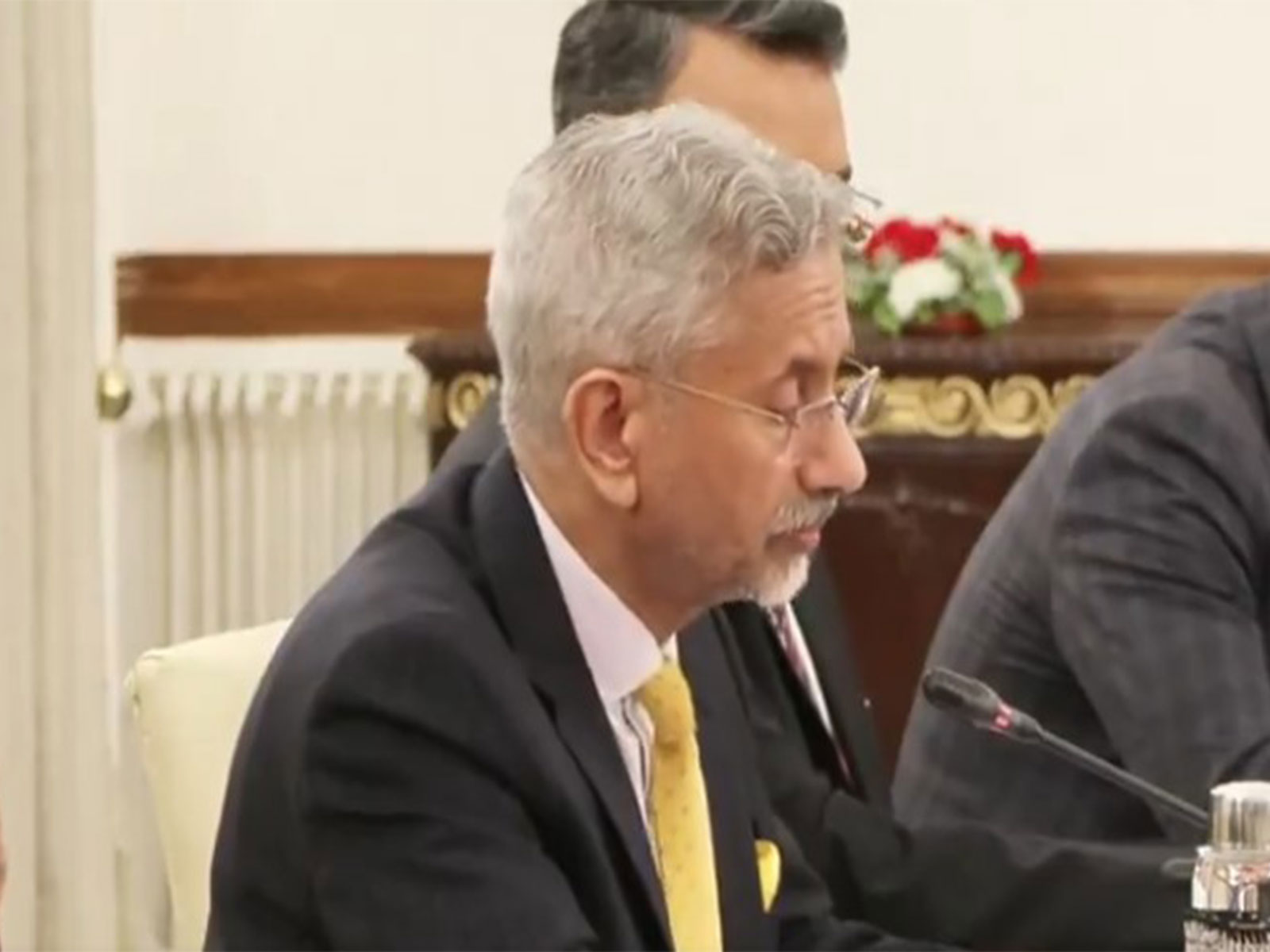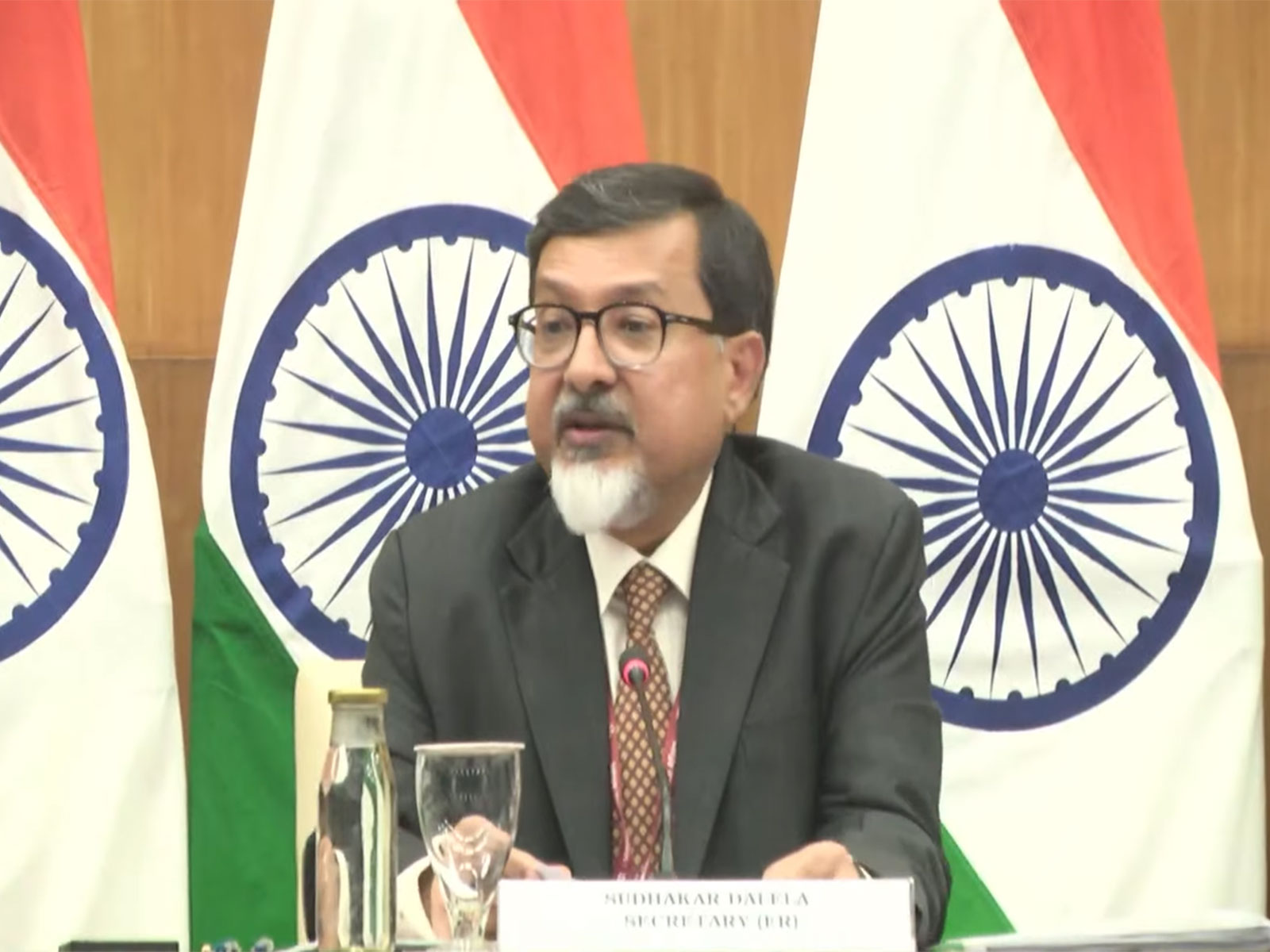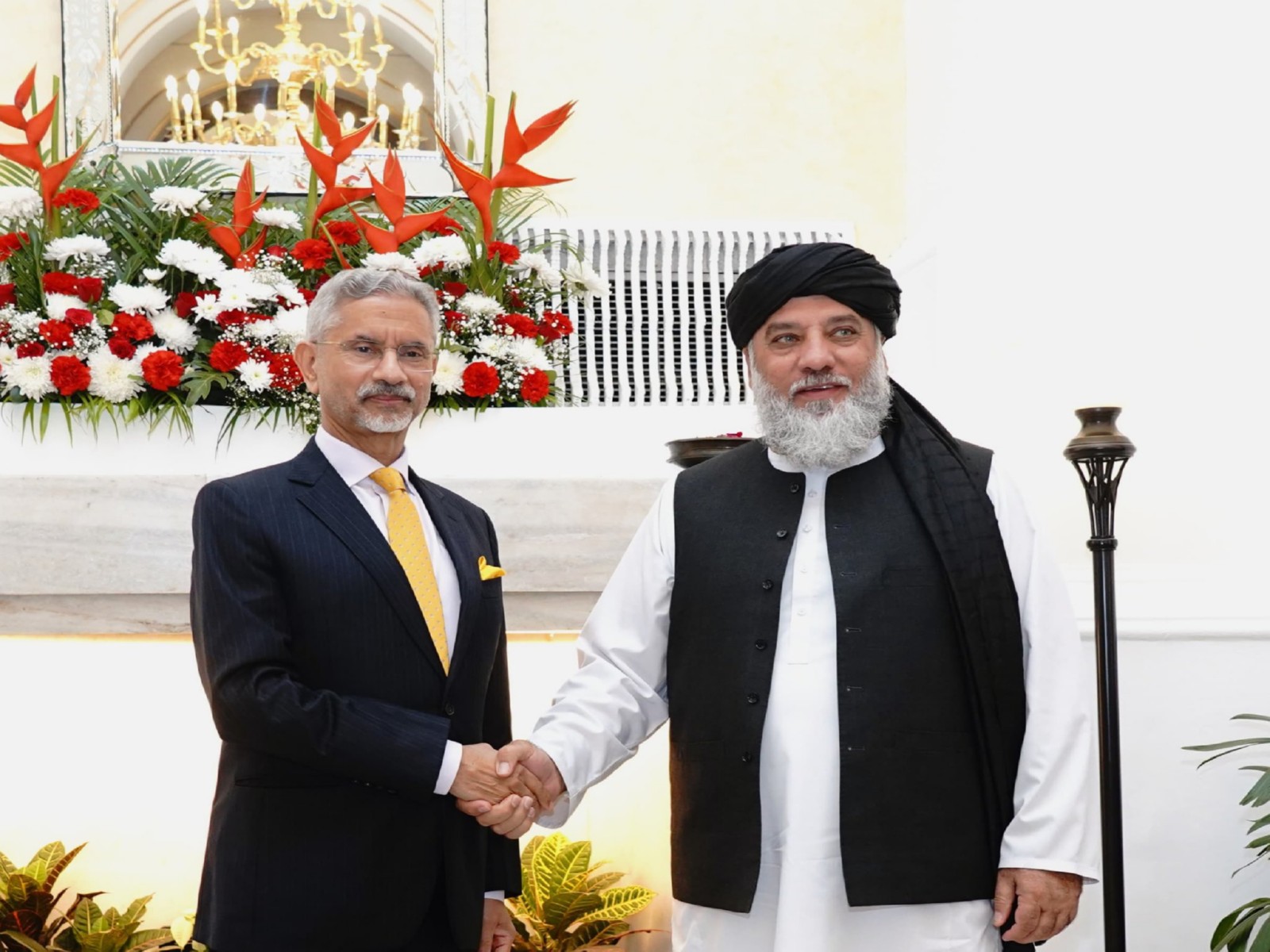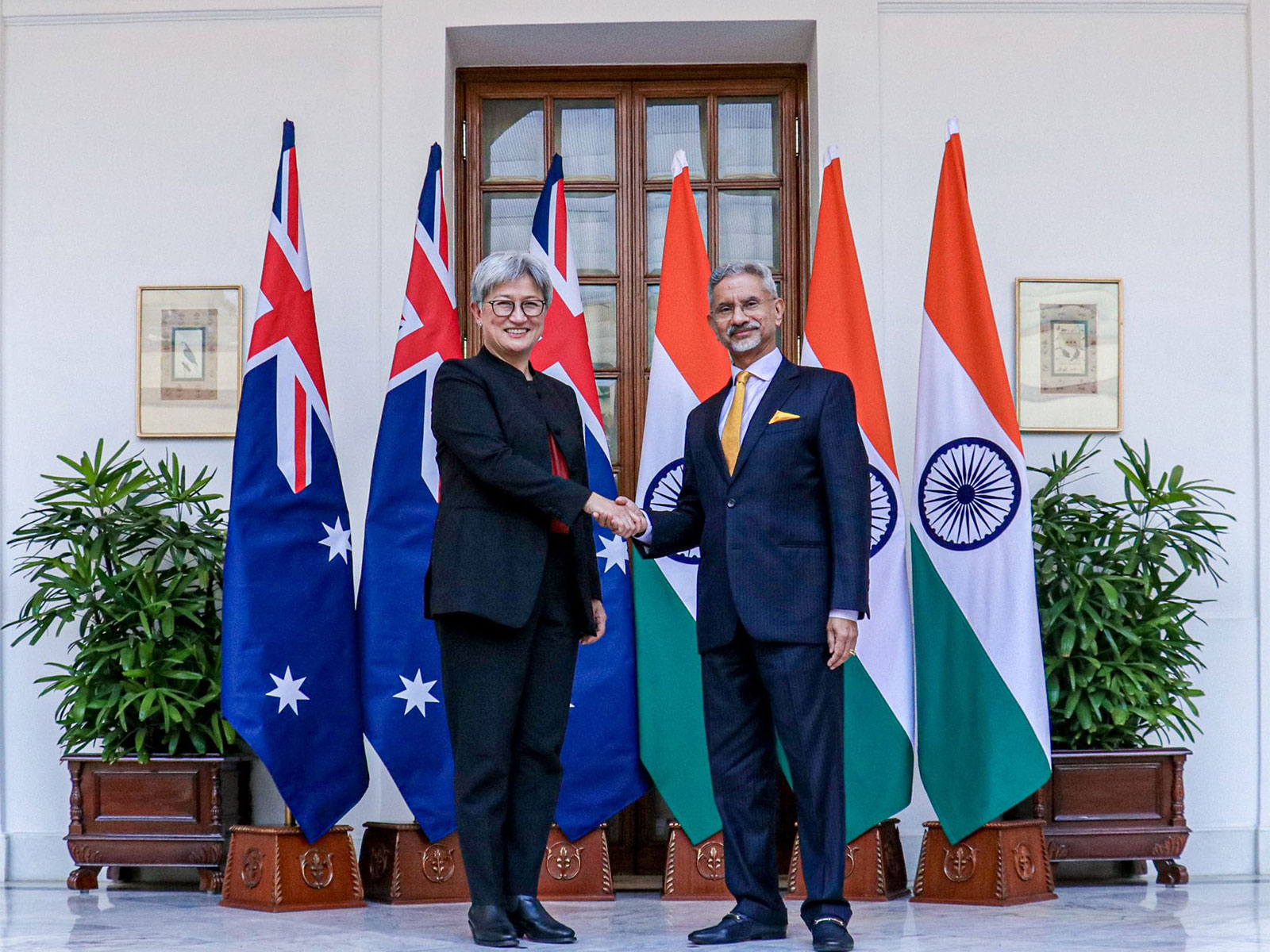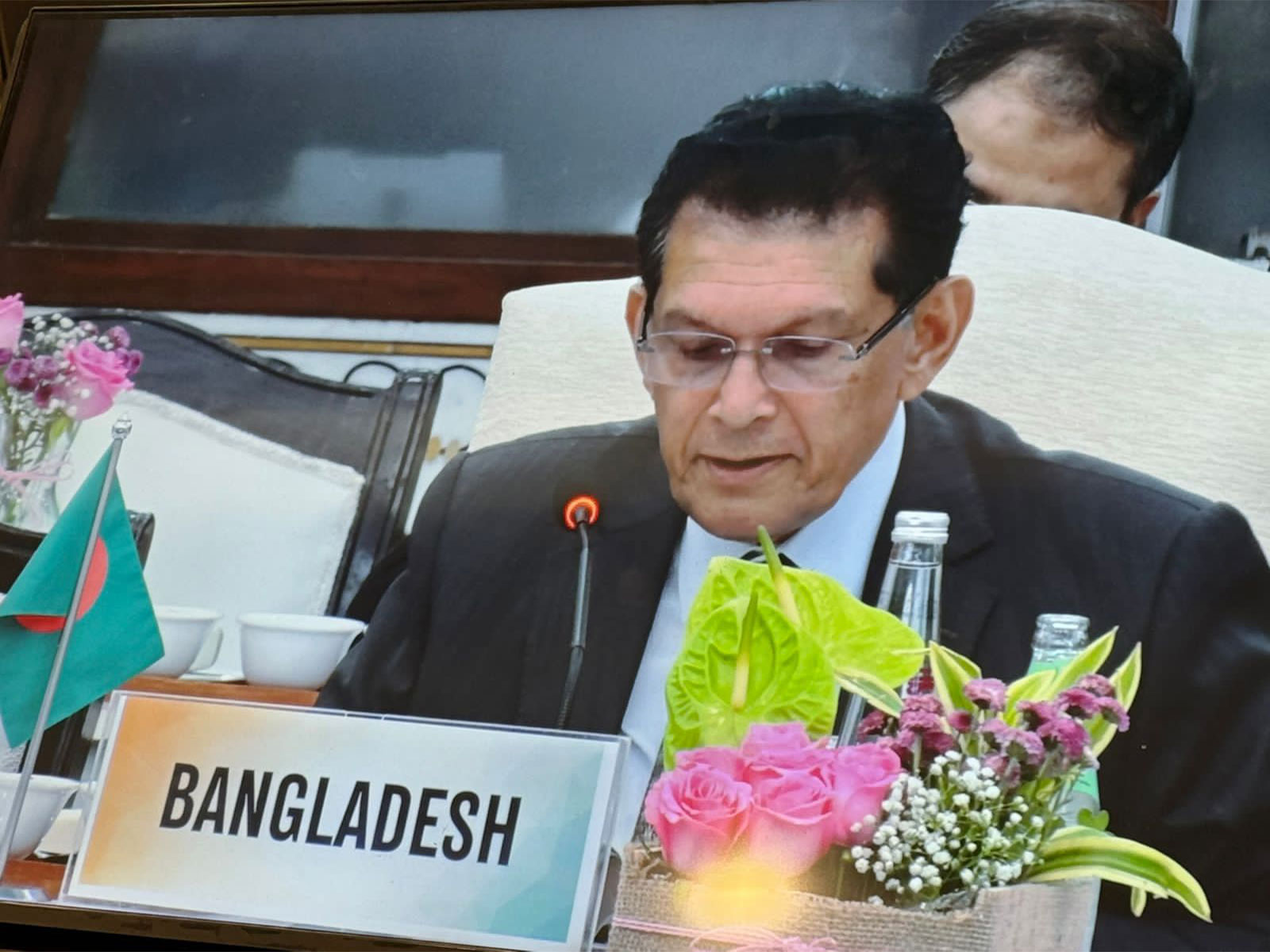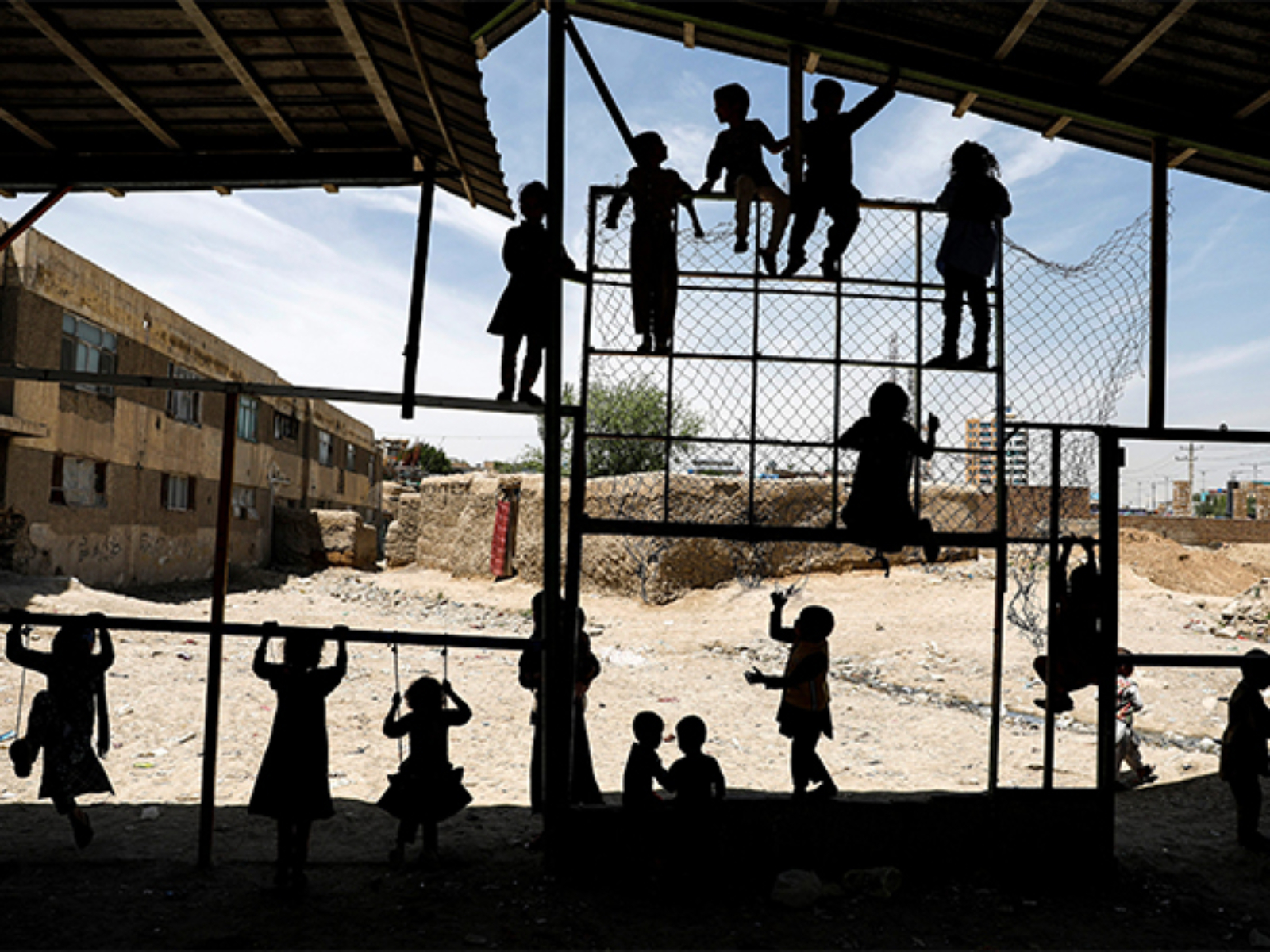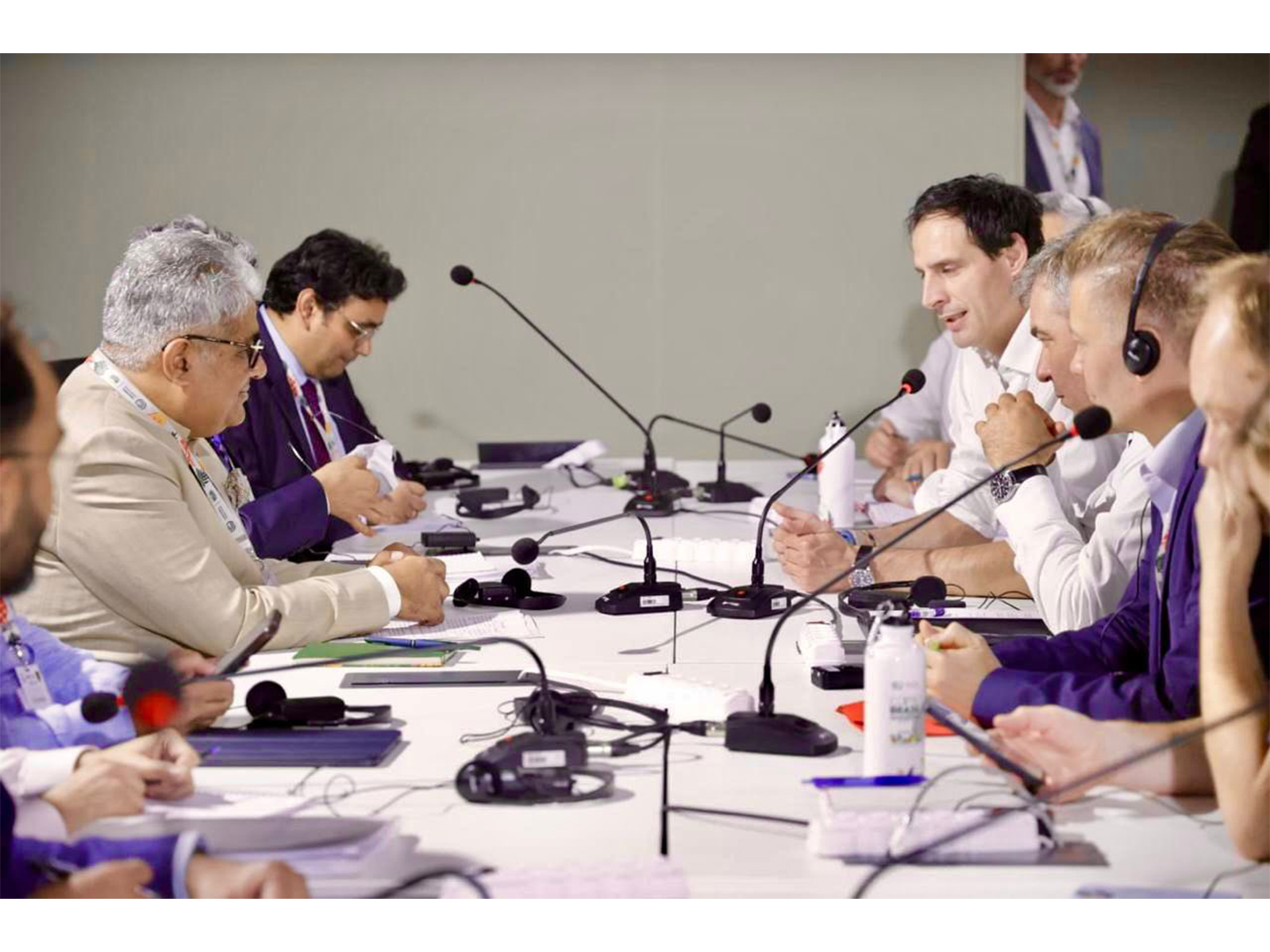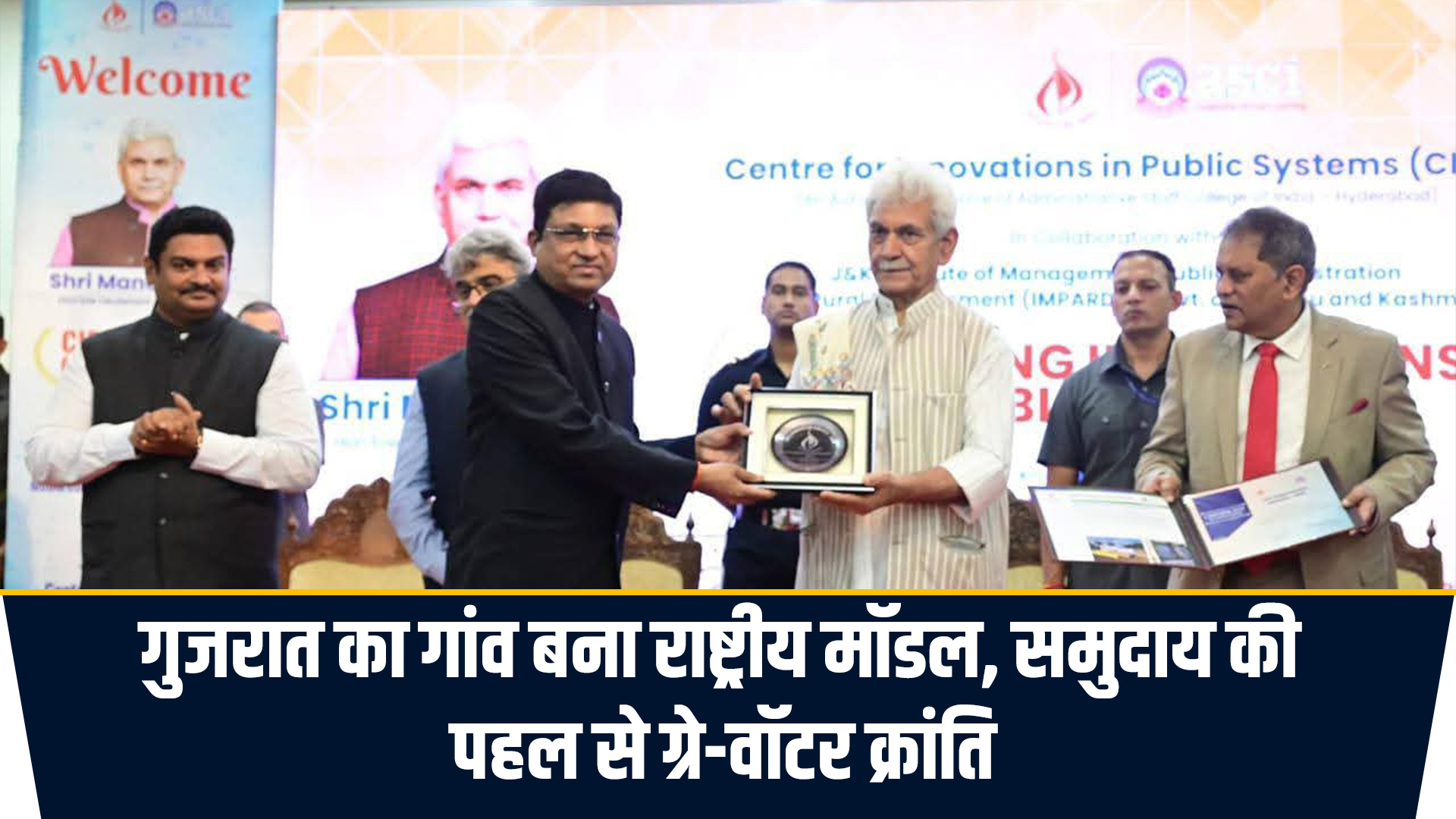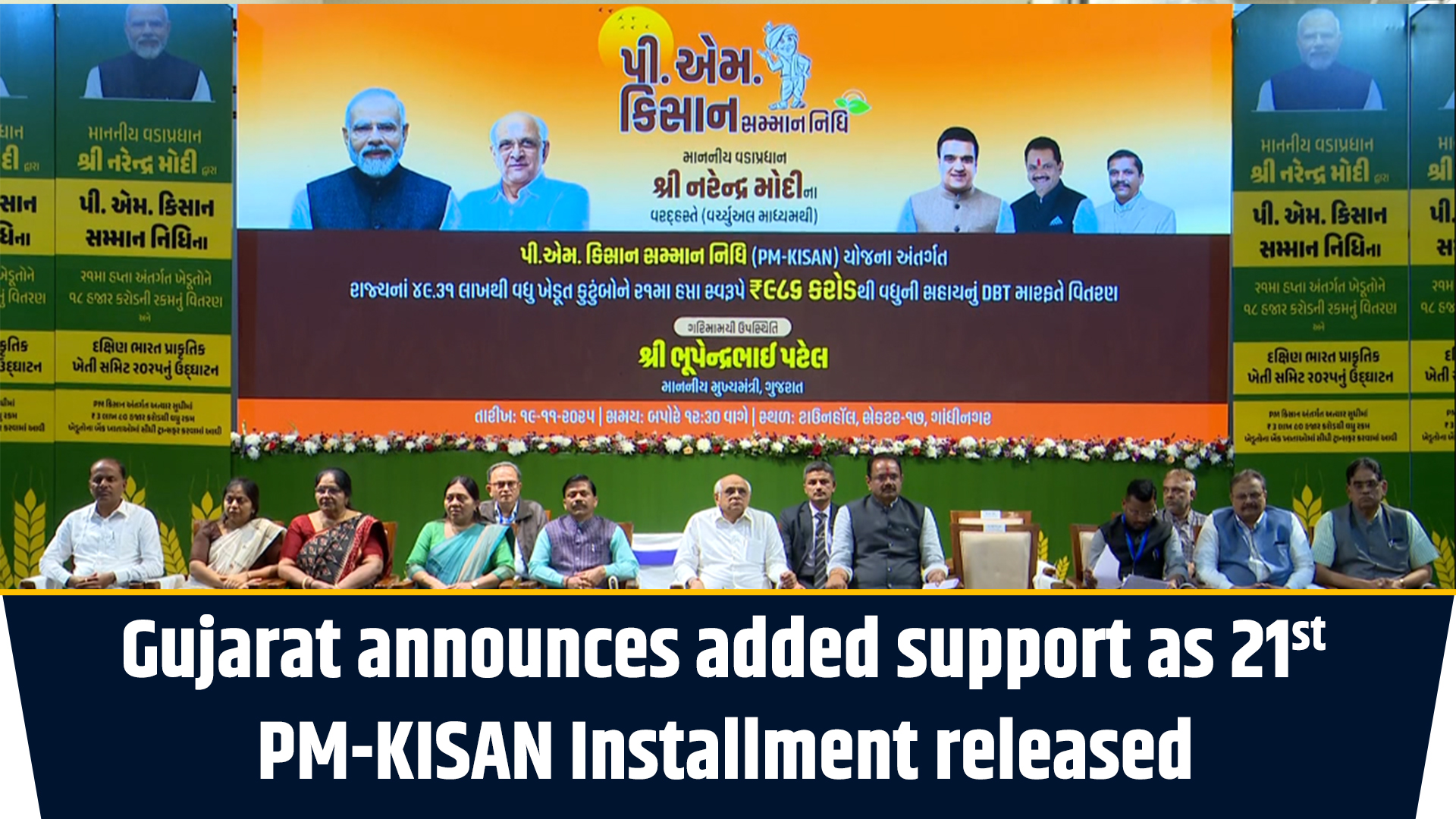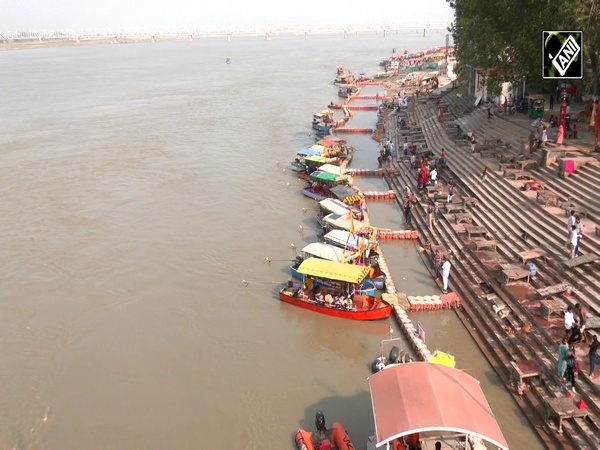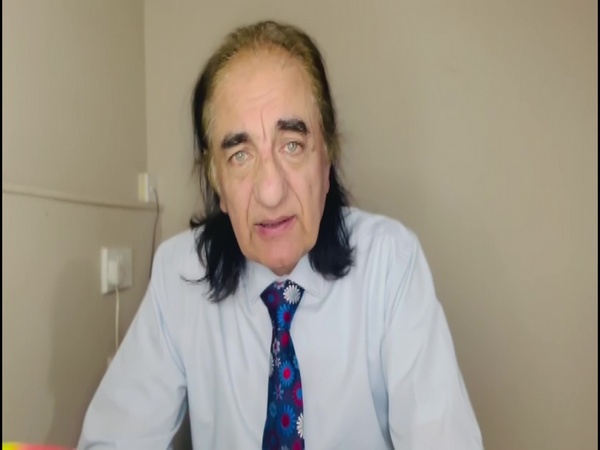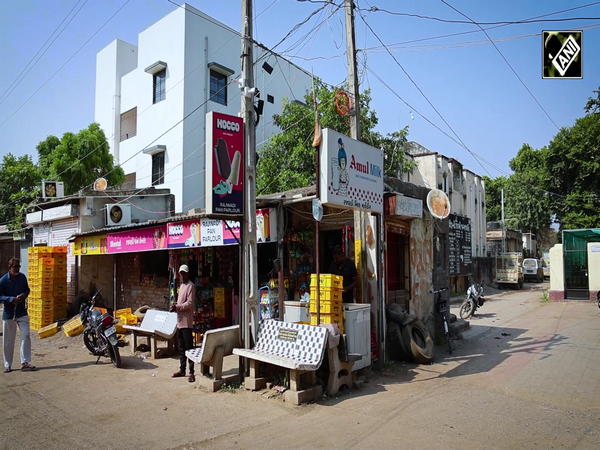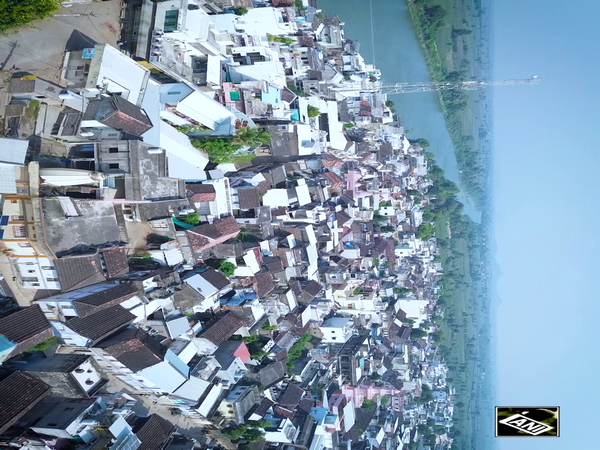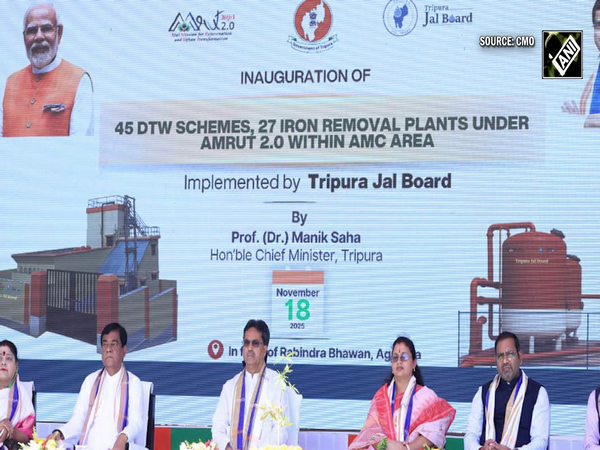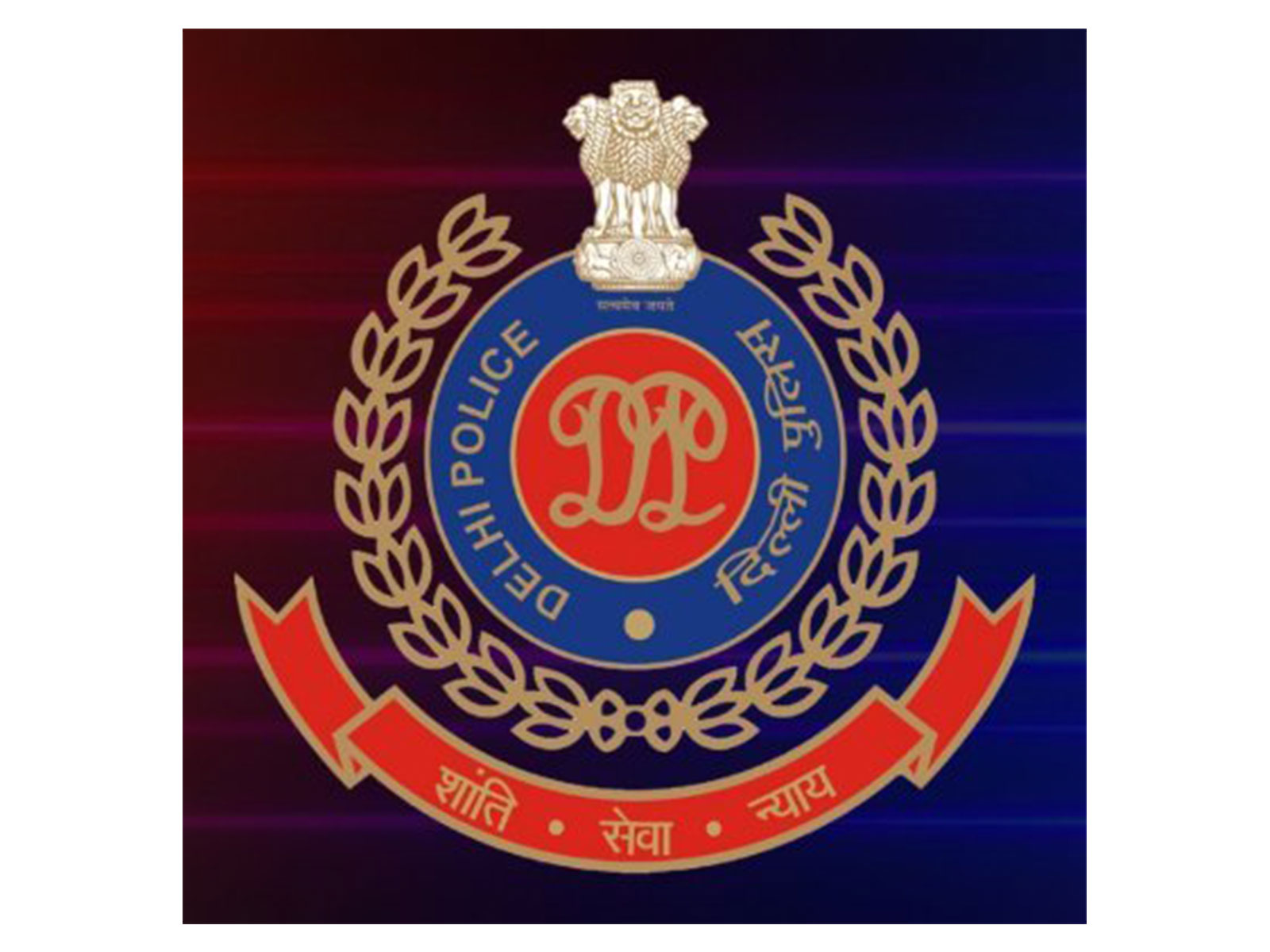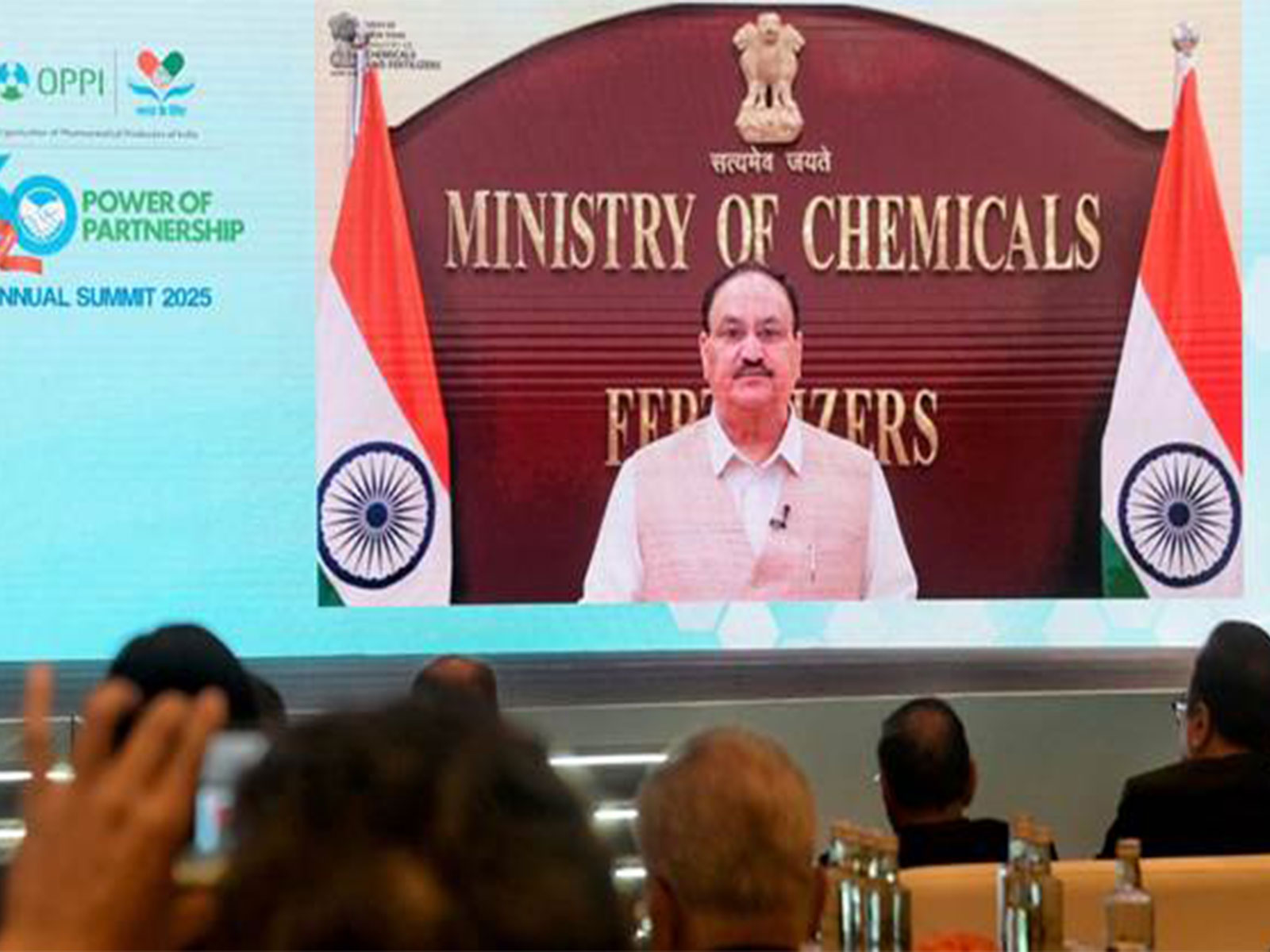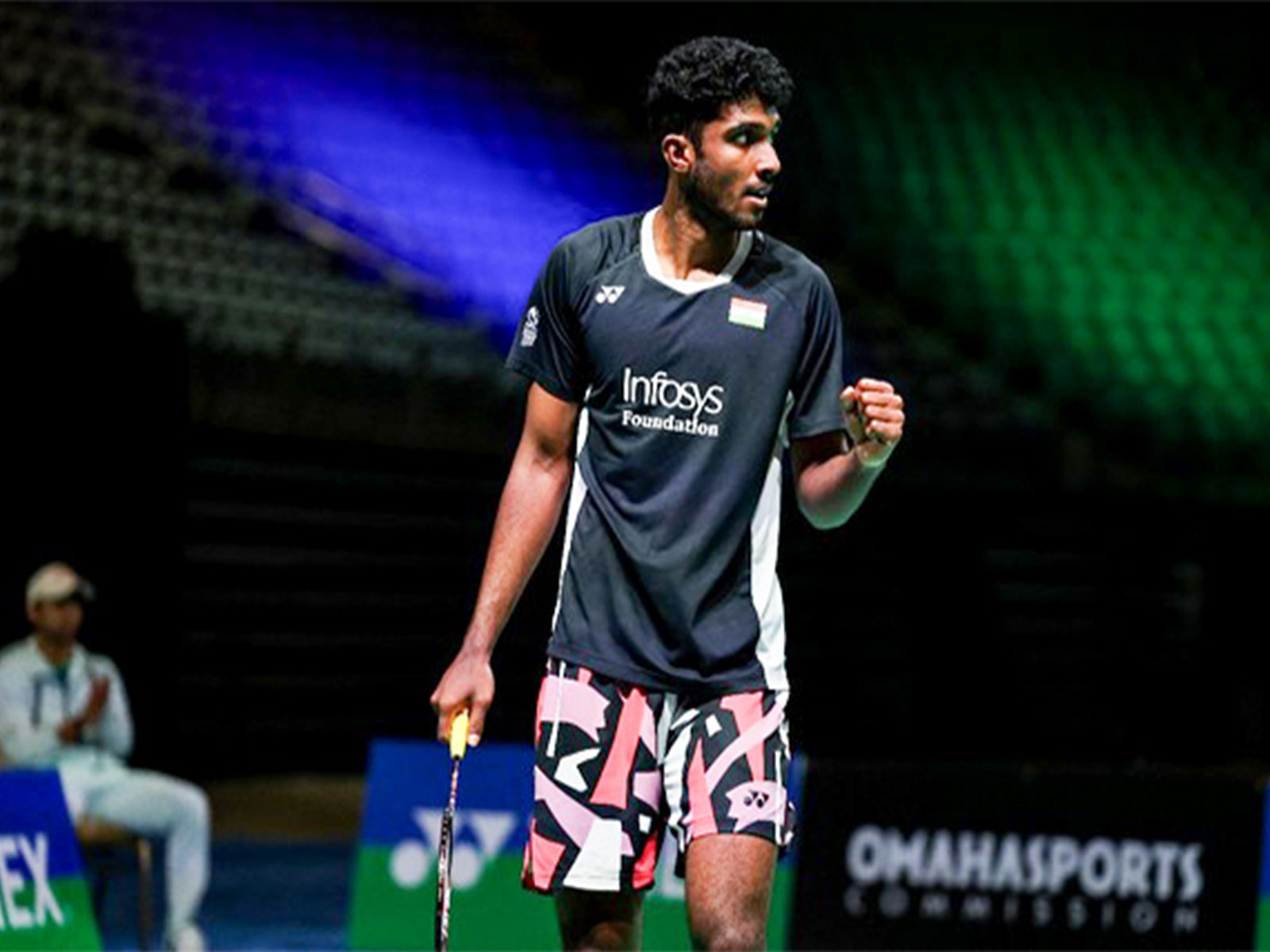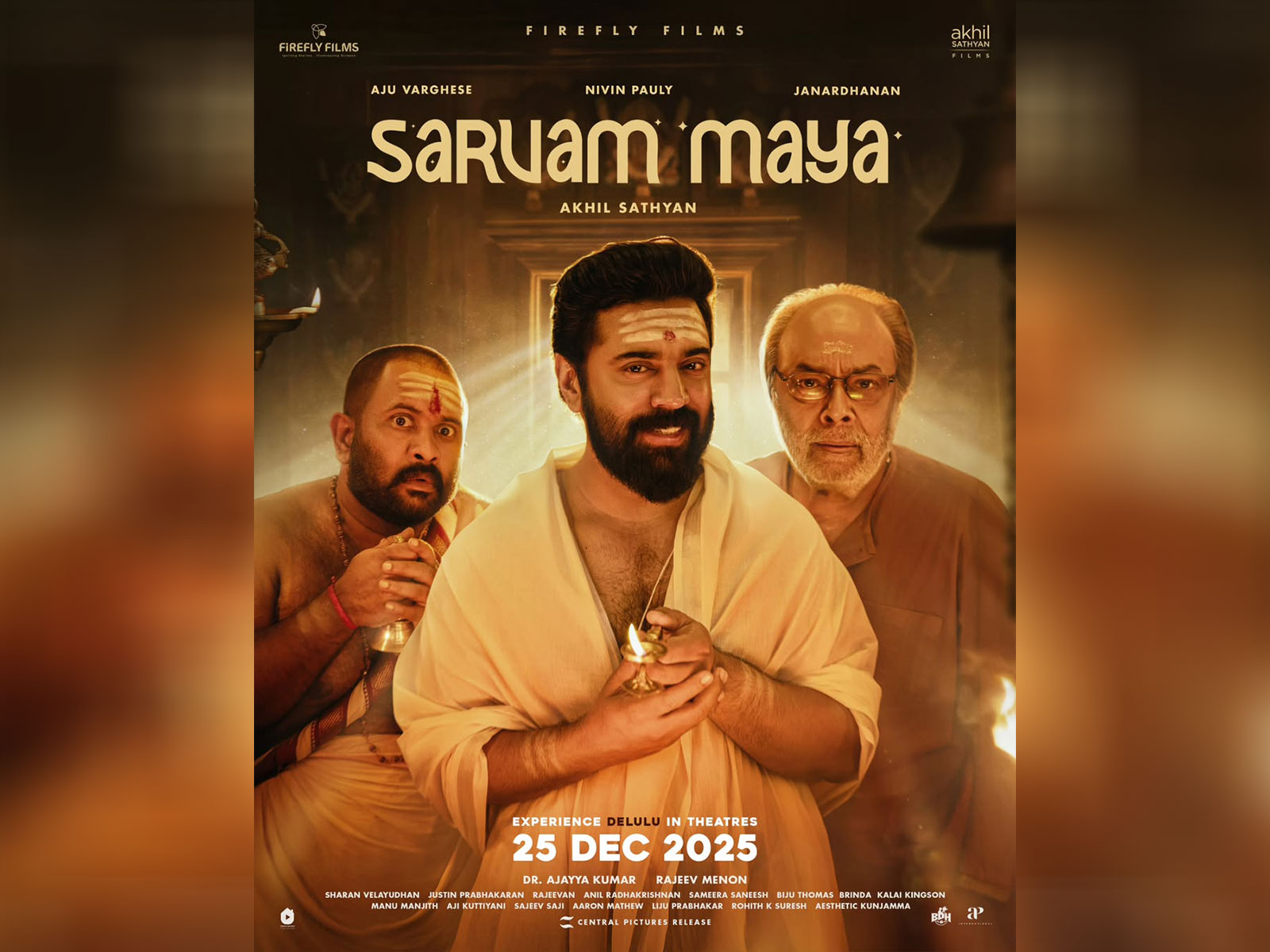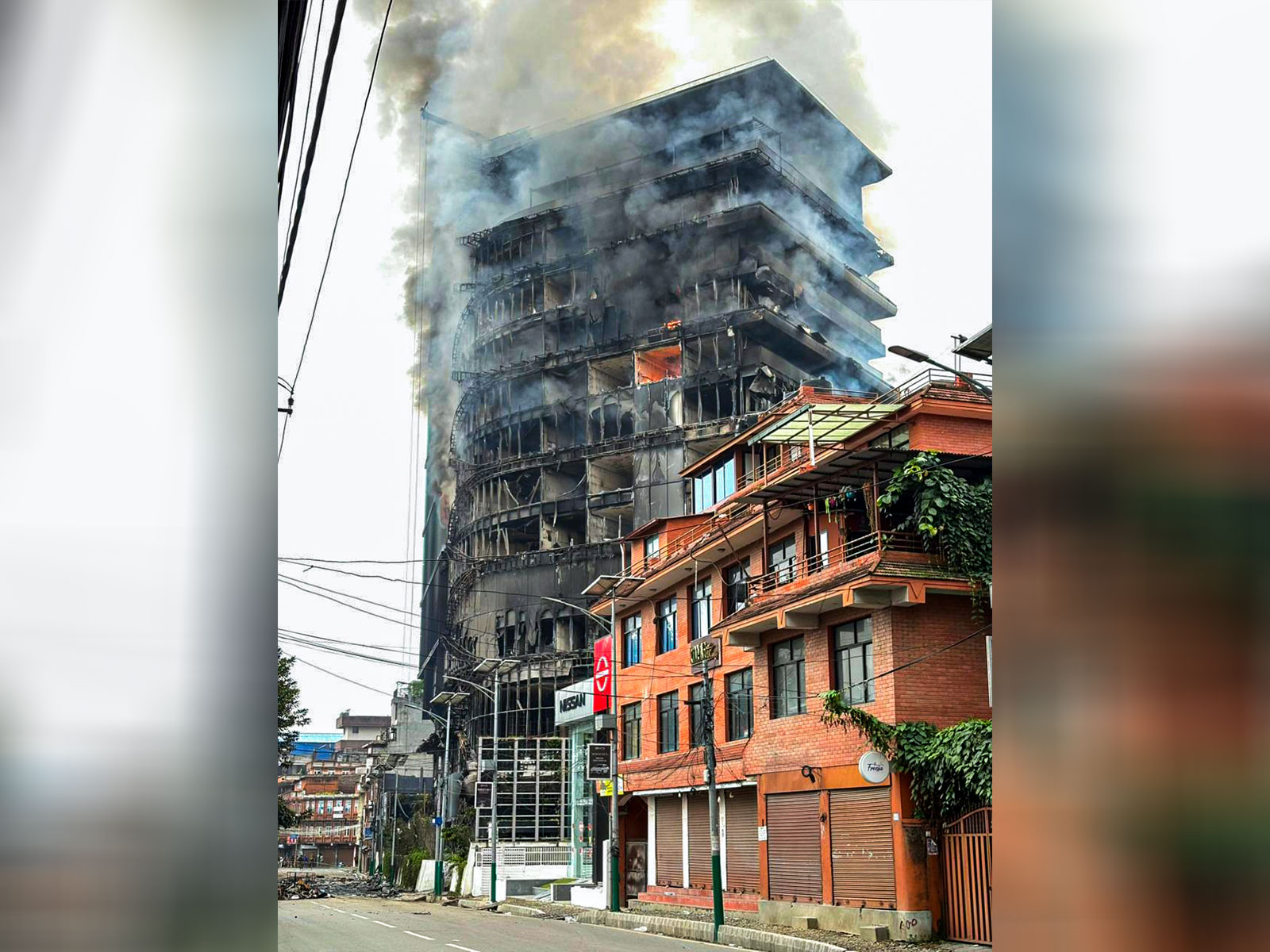
Nepali security forces used disproportionate force during September uprising: Human Rights Watch
Nov 20, 2025
Kathmandu [Nepal], November 20 : Nepali security forces used disproportionate force during the September uprising by Gen-Z, according to Human Rights Watch (HRW), a US-based advocacy group.
"The interim government led by former chief justice Sushila Karki, which took charge after the prime minister was forced to resign due to the protests, should investigate the excessive use of force as well as arson and mob attacks on individuals and buildings the following day, September 9, including those who may have ordered any unlawful acts," the HRW said on Thursday.
The human rights advocacy group further states that it "found that police indiscriminately fired on protesters multiple times over three hours, killing 17 people in Kathmandu who had been demonstrating against corruption in politics and a sweeping social media ban imposed four days earlier at a "Gen Z" protest in the capital, Kathmandu, on September 8."
"This sparked a second day of violence on September 9, but security forces appeared to fail to act when groups of people, some apparently not linked to the Gen Z protest, set fire to prominent government buildings; assaulted politicians, journalists, and others; and attacked schools, businesses, and media companies," the HRW said.
The HRW had interviewed 52 witnesses, victims, journalists, medical professionals, politicians and sources close to the security forces. In addition to it, verified photographs and videos posted to social media or shared with researchers were also watched thoroughly, apart from the visit to hospitals and scenes of protests and arson attacks.
Meenakshi Ganguly, the deputy Asia director at Human Rights Watch, called on the interim government led by Sushila Karki to investigate the incident of "serious human rights violations".
"The recent violence in Nepal included serious human rights violations, and those responsible should be held accountable, whether they are security forces or political actors," Ganguly said.
"The government should ensure that the investigations are independent, time-bound, and transparent, and that no one found responsible for breaking the law is unfairly protected from proper prosecution."
Formed on September 12, the Sushila Karki government has formed a high-level investigation committee to investigate the deaths of 76 people nationwide in the two days of violence. Out of the total deaths reported over time, 47 of them were recorded in the capital Kathmandu alone, which includes three policemen.
"The Karki government should recognise and address corruption and the failure to ensure rights, such as an adequate standard of living, which spurred the youth protests," the Human Rights Watch said.
The US-based advocacy group states that the Police used lethal force between 12:30 and 4 PM on September 8 "to disperse young people after they gathered around the parliament, shooting people in the head, chest, and abdomen."
"Witness accounts and analysed footage do not show the grave and imminent danger to life that would justify the intentional use of lethal force," the independent human rights body states.
Based on the witness accounts, the HRW also states that the 33 people were detained from the parliament grounds, beaten and threatened and only released the following afternoon. As per the unnamed witness mentioned by the HRW, the Police unit that had detained the person is identified as the Special Task Force.
About accounts of September 9, the HRW mentions that "protesters across the city attacked police stations, looted weapons, and forced police to flee. Three policemen were killed in mob attacks, police officials and pathologists who conducted post-mortems said. In many places, members of the public participated spontaneously in arson and other attacks."
It was on September 9 that the then Prime Minister KP Sharma Oli had resigned from his post following the arson and vandalism across private and public properties across the nation. The same evening, Nepali President Ram Chandra Paudel issued a statement urging calm. "The arson continued until around 10 pm, when the army was deployed," the HRW notes.
According to the HRW, the pathologists at a Kathmandu morgue, which received 47 bodies over the two days, told the human rights body that they determined 35 cases of death had been due to "high velocity gunshot wounds" to the head, neck, chest, or abdomen.
The US-based human rights group also has recorded an incident of Police entering the "grounds of a hospital on September 8 and charging staff and patients with batons, injuring a staff member."
"Protestors attacked ambulances on both days. Journalists were injured by kinetic impact projectiles fired by police on September 8, and protesters attacked media premises on September 9," HRW records.
A retired senior police official quoted by the HRW report stated, "police had failed to follow procedures for dispersing protests and the use of lethal force. The United Nations Basic Principles on the Use of Force and Firearms prohibit the use of firearms except in cases of imminent threat of death or serious injury. Intentional lethal use of firearms is permitted only when it is strictly unavoidable to protect life. Under Nepali law, security forces, even when authorised to use lethal force to restore order, must issue warnings and prevent fatalities."
The human rights body further urges that the commission created to investigate the events of September 8 and 9 should examine the role of security forces, credible allegations of infiltration, and criminal acts contributing to violence.
It also states that till November 10, police had arrested 423 people allegedly responsible for violence on September 9, but were not known to have taken action against officers who unlawfully opened fire on protesters on September 8.
"The authorities should recognise that widespread impunity for human rights violations in the past helped enable the violence that occurred this time in Nepal," Ganguly said.
"It is crucial to reverse the decades-long tendency by successive governments in Nepal to bury investigations and stall prosecutions, and to bring about accountability and security sector reform."
